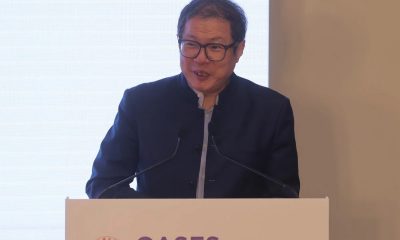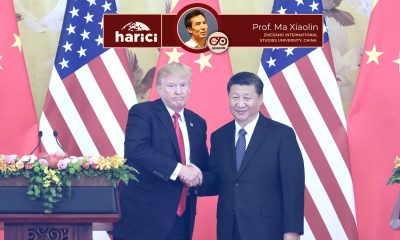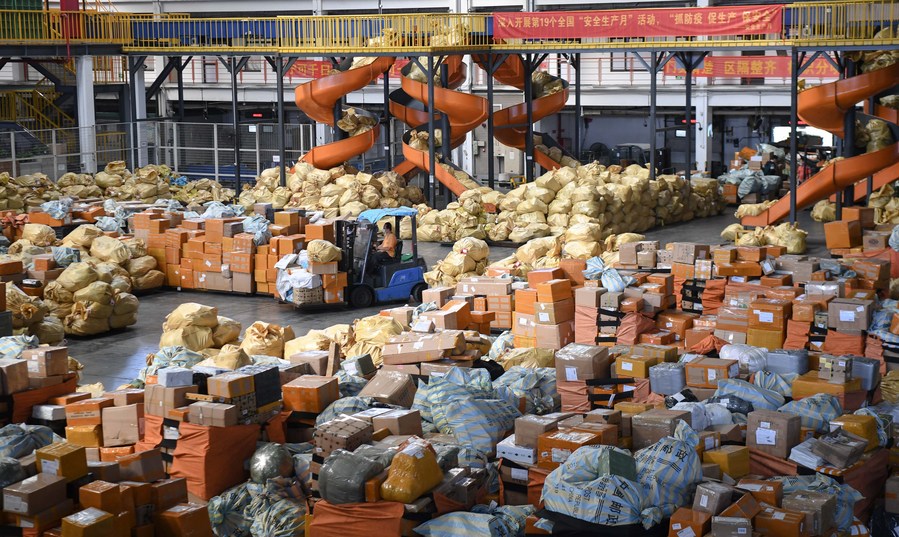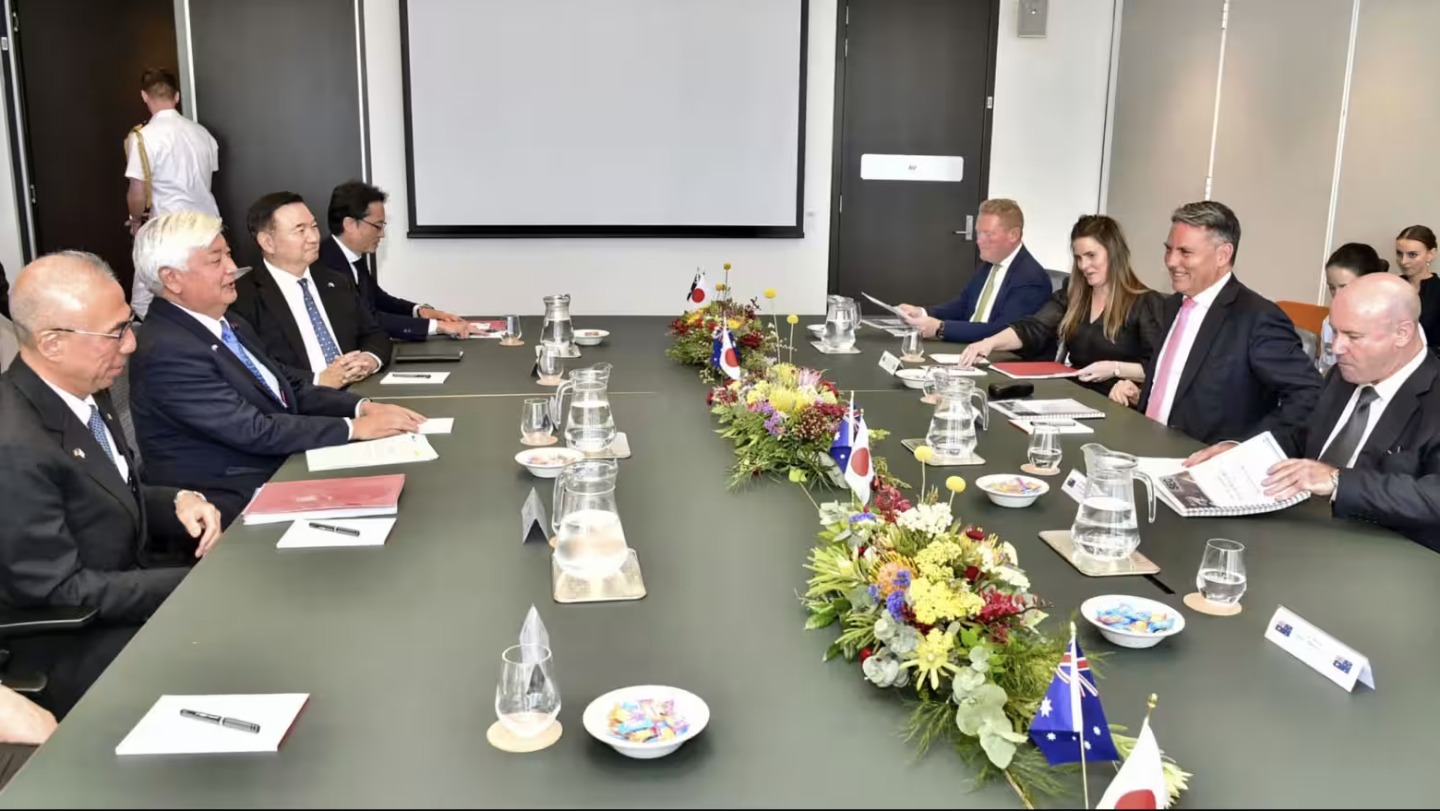An International Monetary Fund (IMF) team conducted an unscheduled visit to Pakistan last week to assess the country’s progress on the terms of its $7 billion bailout package. The surprise visit, coming less than two months after the loan’s approval, has raised questions about the future of the bailout program. IMF staff are expected to present their findings to the Washington-based executive board for review.
What prompted the IMF’s unexpected visit to Pakistan?
Several officials, speaking to Nikkei Asia on condition of anonymity, highlighted key factors prompting the visit. These included a $685 million shortfall in the government’s tax collection target for the first quarter of the current fiscal year and a $2.5 billion deficit in the external financing required under the bailout terms. Compounding these issues was the failed sale of Pakistan International Airlines (PIA), a key component of the IMF-recommended privatisation drive.
While routine IMF program review visits are standard, the timing of this visit—just seven weeks after board approval—has raised concerns. “This suggests significant difficulties in implementing the program,” said Naafey Sardar, an economics professor at St. Olaf College in the United States, speaking to Nikkei Asia.
Ikram ul Haq, a lawyer specializing in economic and tax policy, added, “The reality is that the government’s promises to the IMF have not been fulfilled.”
What were the key issues discussed?
The IMF raised the issue of the tax gap and urged action to ensure that Pakistan meets its annual tax collection target of $46 billion.
Islamabad was also asked to engage with Saudi Arabia and China, the largest investor, to bridge the external financing gap. Promised energy sector reforms and the repayment of billions of dollars of debt owed to mostly Chinese-backed power plants in Pakistan were also discussed.
Another issue was for the IMF to press provincial governments for more funds, such as the Benazir Income Support Programme, which provides a $2.1 billion annual cash transfer for poverty alleviation, currently paid for by the central government.
How does agricultural income tax fit into this picture?
As part of the loan agreement, Pakistan’s provinces missed an end-October deadline to harmonize their agricultural income tax laws with the federal income tax.
The IMF had previously said that Pakistan’s loan agreement would be in jeopardy if agricultural income remained largely untaxed. During the meetings, provincial government officials told the IMF that they would face significant difficulties in implementing a higher tax.
Economist Aqdas Afzal said such a move would face significant opposition from big landowners, who are disproportionately represented in the federal and provincial assemblies.
“Given the weak mandate of the current government, a higher agricultural income tax is unlikely as it could trigger major social and political unrest,” he added.
What assurances has the government given to the IMF?
Pakistan has assured the IMF that it will increase the provincial agricultural income tax rate by up to 45 percent. It has also pledged to meet annual tax collection targets and to continue reforms in the energy sector and state-owned enterprises.
“This is an ongoing dialogue process and there have been discussions [with the IMF] on energy and SOE reforms, the privatization agenda and public finance,” Pakistan’s Finance and Revenue Minister Muhammad Aurangzeb told local media.
Haq, a tax expert, said the government’s primary focus would be on meeting the six-month revenue collection target set by Pakistan’s Federal Board of Revenue, a government agency that regulates and collects taxes.
What are the challenges ahead for Pakistan’s loan agreement?
Meeting tough tax targets and implementing structural reforms are major hurdles for the government to overcome.
The IMF has previously cancelled other loan programmes when conditions were not met. Payments to Pakistan could be suspended or stopped altogether, which would be a serious blow to a country struggling with a sputtering economy.
The IMF is pressing for cuts in government spending.
“Structural reforms are being resisted by vested interests, making efforts to meet IMF conditions even more difficult,” Haq said.

 EUROPE2 weeks ago
EUROPE2 weeks ago
 EUROPE2 days ago
EUROPE2 days ago
 ASIA2 weeks ago
ASIA2 weeks ago
 AMERICA1 week ago
AMERICA1 week ago
 ASIA1 week ago
ASIA1 week ago
 RUSSIA2 weeks ago
RUSSIA2 weeks ago
 ASIA2 weeks ago
ASIA2 weeks ago
 OPINION1 week ago
OPINION1 week ago















